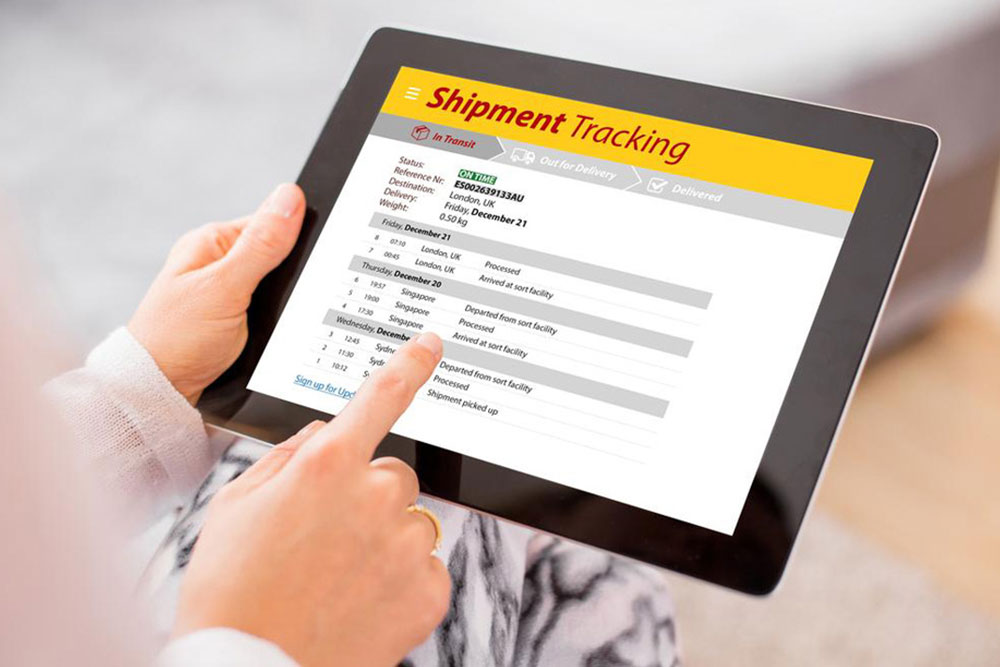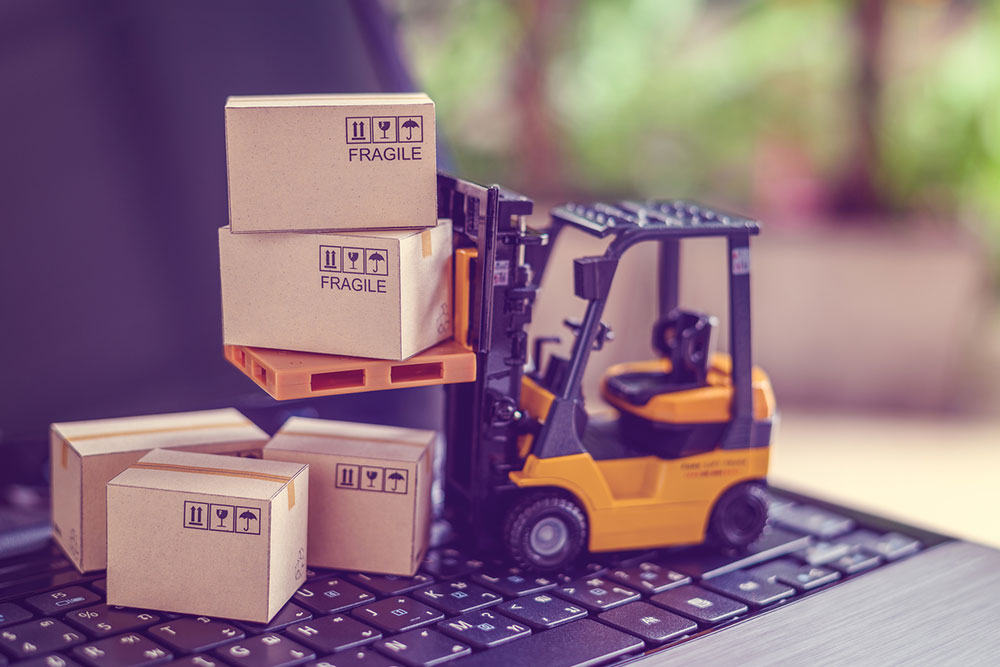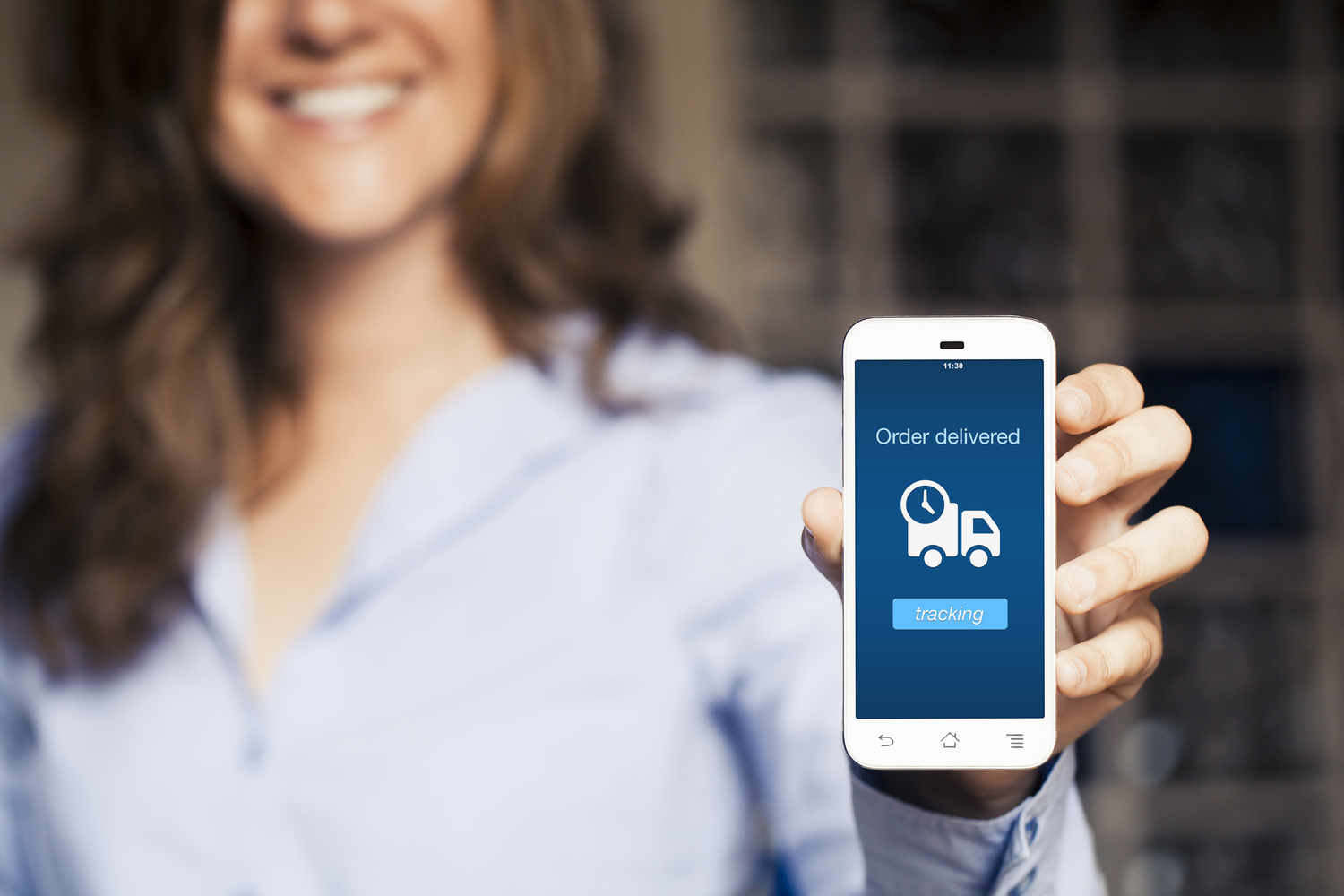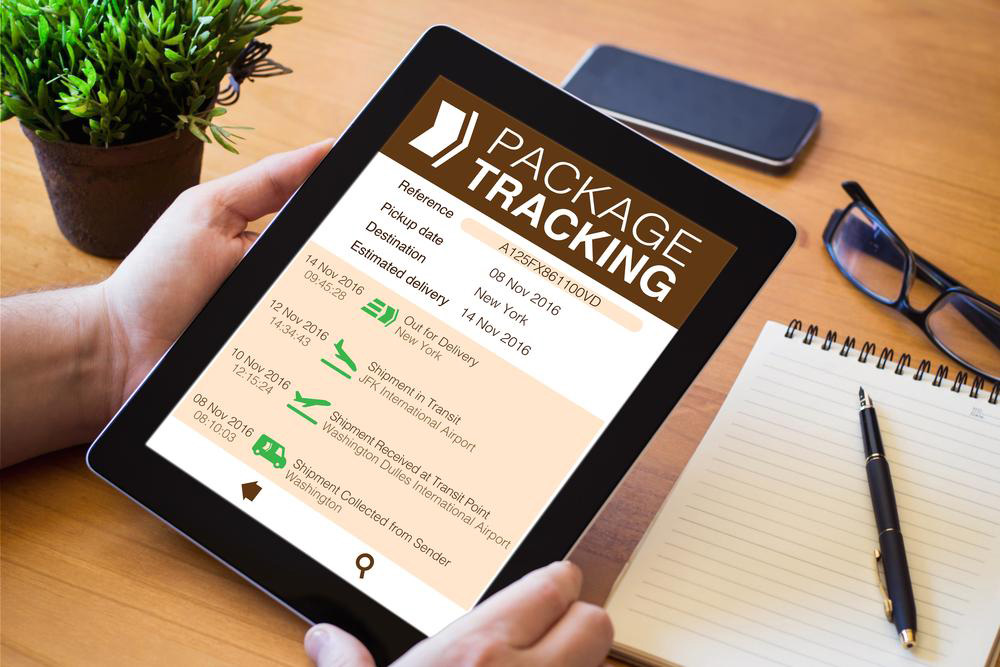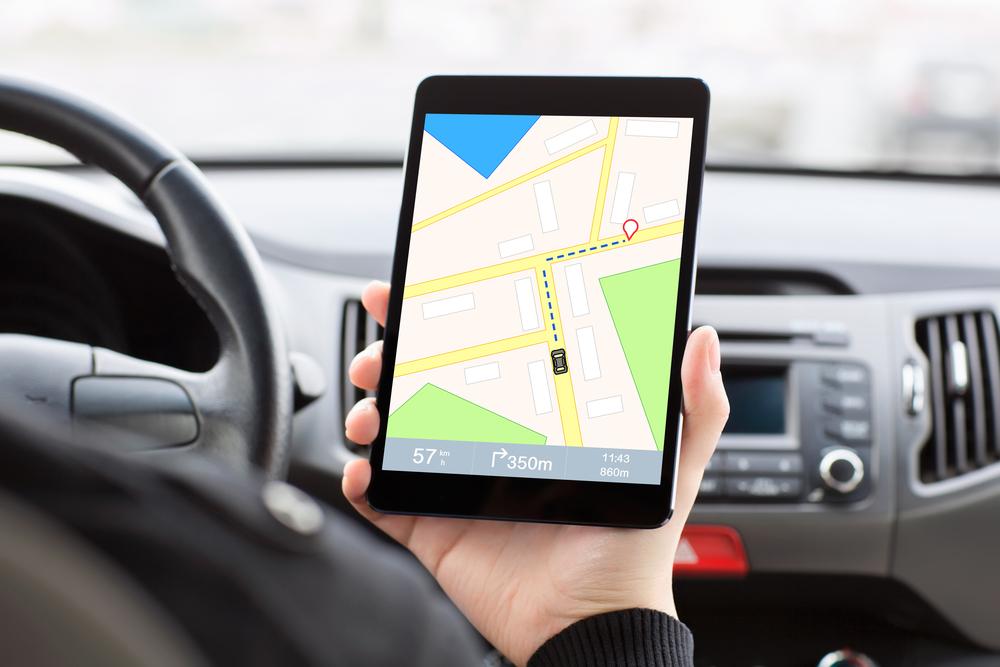Comprehensive Guide to Modern Package Tracking and Monitoring Systems
Explore the comprehensive landscape of package tracking systems, including barcode scanning, GPS, IoT sensors, and AI innovations. Learn how these technologies transform logistics, improve transparency, and enhance customer experience. This guide offers insights into the future of parcel monitoring, emphasizing efficiency and reliability in modern delivery networks.

Comprehensive Guide to Modern Package Tracking and Monitoring Systems
In today's fast-paced world of logistics and e-commerce, the ability to monitor and track packages effectively has become essential for both businesses and consumers. The evolution of package tracking systems over the years reflects advancements in technology, from manual records to sophisticated digital solutions that offer real-time updates. This comprehensive guide explores how package monitoring systems work, their importance, and the innovative technologies driving the future of parcel delivery management.
Historically, sending a package involved a lot of uncertainty. Senders had to visit postal offices, fill out multiple forms, and wait days or even weeks to confirm the delivery status. The process was often fraught with issues such as lost parcels, delays, or misplacement. However, with the integration of digital tools and online platforms, the process has been revolutionized, providing much-needed transparency and efficiency.
Modern package monitoring systems leverage barcode scanning, RFID tags, GPS tracking, and data analytics to ensure packages are monitored at every stage of their journey. Whether through national postal services like USPS or private courier giants such as FedEx, DHL, or UPS, parcels are now assigned unique identifiers—primarily barcodes or QR codes—that are scanned at various handling points along the delivery route.
These scans update the parcel's location in real-time, which can then be accessed by customers via dedicated websites, mobile applications, or automated email and SMS notifications. The real-time visibility minimizes uncertainty, helps identify delays early, and improves overall customer satisfaction. This system not only benefits senders and recipients but also enhances operational efficiency for logistics companies, allowing them to optimize routes and resource allocation.
One of the key technological components of effective package tracking is handheld scanners used by delivery personnel. These devices swiftly scan parcels at each checkpoint—sorting centers, transit hubs, delivery vehicles—and instantly upload data to centralized servers. Advanced GPS integration allows for live tracking of delivery vehicles, giving precise estimated delivery times and confirming exactly when a package is on the move or has been delivered.
The emergence of Internet of Things (IoT) technology has further advanced package monitoring capabilities. IoT-enabled sensors attached to parcels can provide additional data points such as temperature, humidity, or shock detection, which is particularly vital for sensitive shipments like pharmaceuticals or perishable goods. By integrating these sensors into tracking systems, companies can monitor the condition of the package throughout transit, ensuring quality standards are maintained and issues are addressed promptly.
Customer-centric features such as proactive notifications, detailed route maps, and estimated delivery times have enhanced the user experience significantly. Many courier services now offer mobile apps that provide live updates, delivery windows, and the option to reschedule or reroute delivery if necessary. These features not only improve transparency but also empower customers with greater control over their shipments.
Furthermore, these systems have become crucial during exceptional circumstances, such as severe weather events, transportation strikes, or global disruptions like pandemics. Real-time tracking allows companies and customers alike to respond swiftly to unforeseen delays, reducing frustration and improving communication.
Looking ahead, technological innovations are poised to make package monitoring systems even more seamless and intelligent. Artificial intelligence and machine learning algorithms are being integrated to predict potential delays, optimize delivery routes, and automate customer service inquiries. Blockchain technology is also being explored to create tamper-proof records of each transaction, enhancing security and trust in the tracking process.
In conclusion, modern package tracking and monitoring systems have transformed the logistics industry by providing transparency, efficiency, and predictability. From barcode scans and GPS to IoT sensors and AI, these technologies work together to ensure that each parcel's journey is meticulously monitored and managed. As technology continues to evolve, the future of package monitoring promises even greater speed, accuracy, and customer satisfaction, making global logistics more reliable than ever before.
